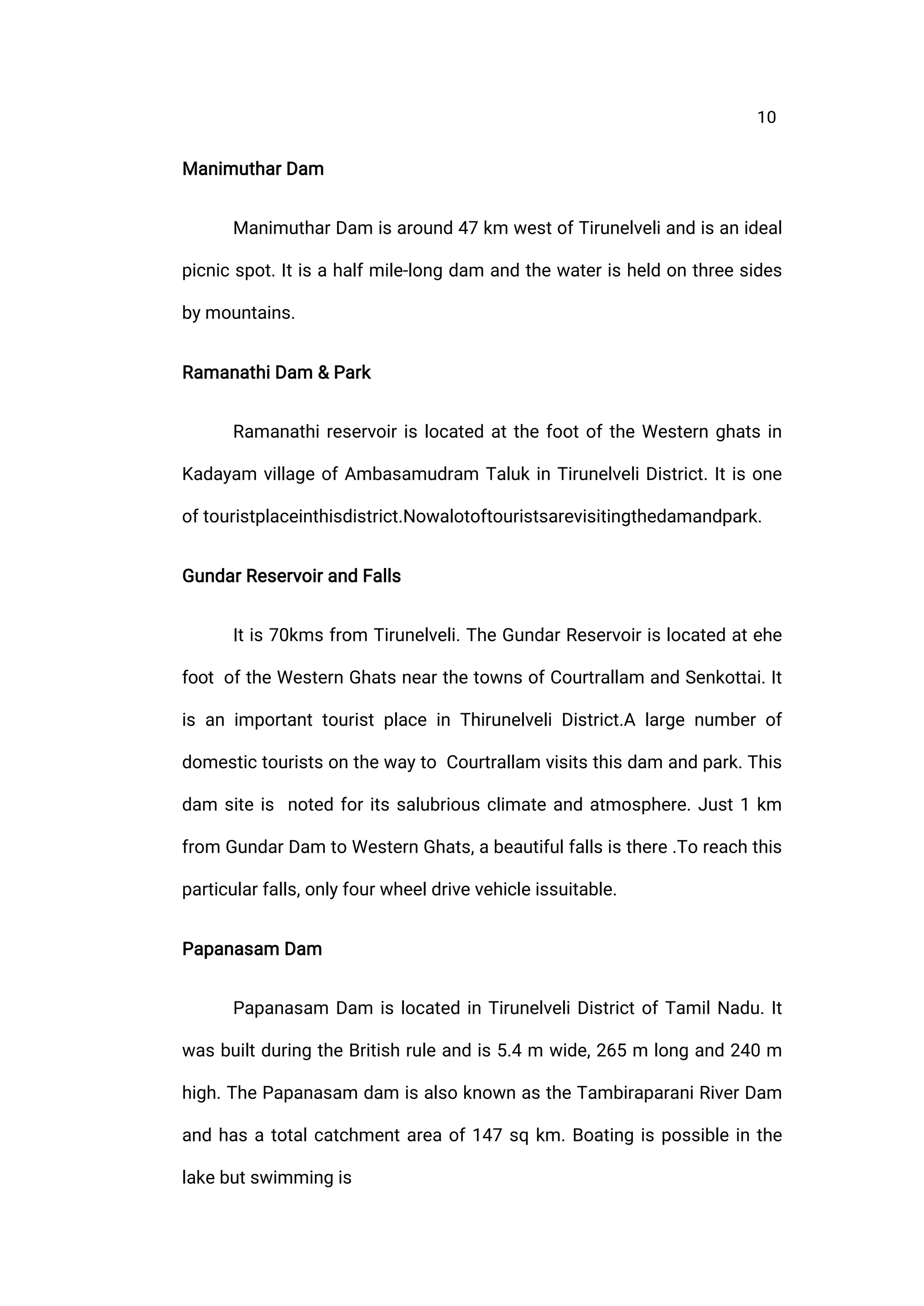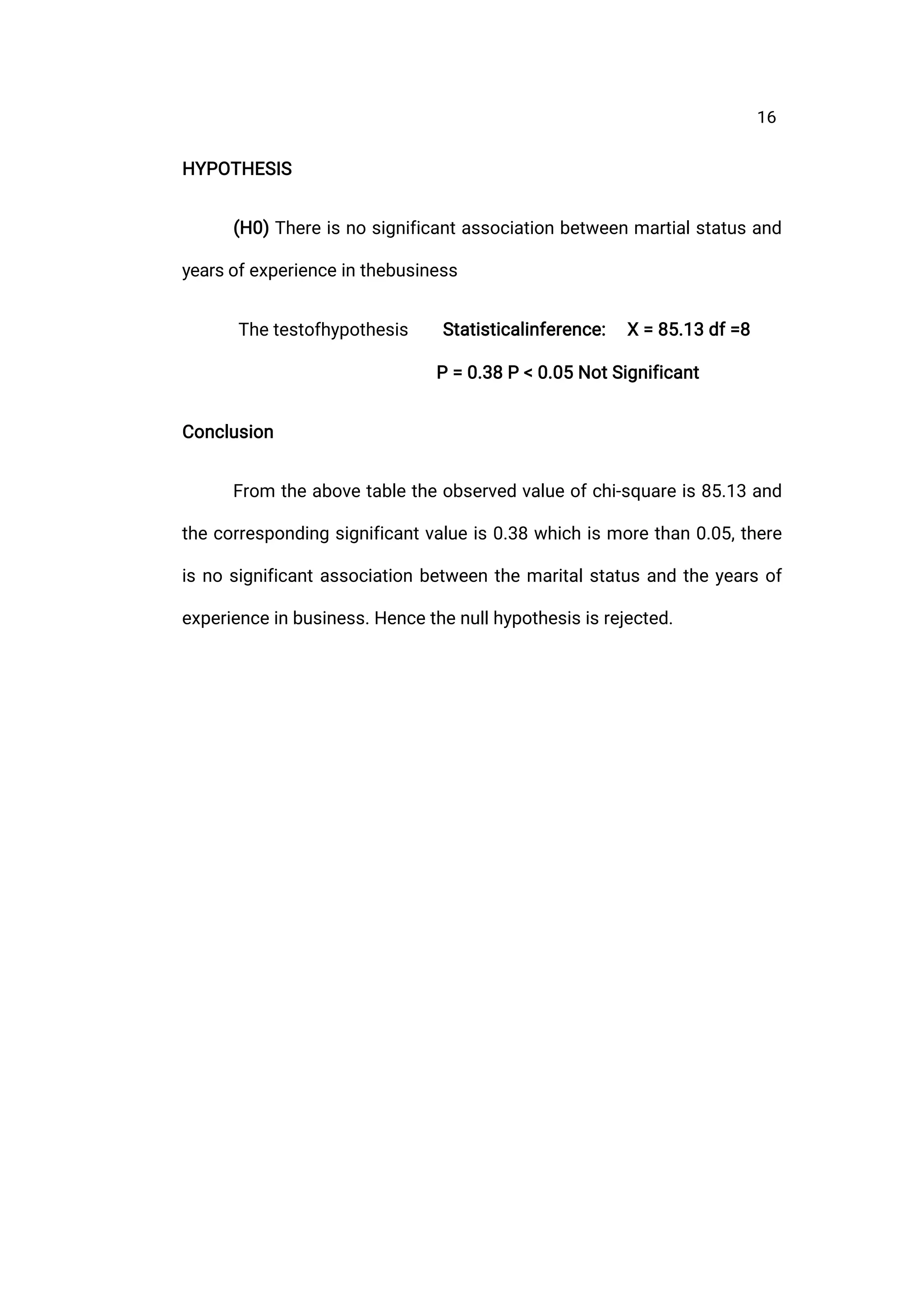This study aims to assess the nature and socio-economic conditions of entrepreneurs in Tirunelveli District, Tamil Nadu. The objectives are to identify the nature of entrepreneurship, socio-economic conditions of entrepreneurs, major problems faced, and suggestions for improvement. A pilot study was conducted among 20 entrepreneurs to refine the interview schedule. The final study involved 250 entrepreneurs selected through simple random sampling across 50 villages. Both primary and secondary data were collected through interviews and existing literature. Statistical tools like correlation, chi-square, trend analysis, ANOVA, and factor analysis were used for analysis in SPSS. The study is limited by the availability and accuracy of respondent-provided data.






































































































































































































































































































